- The Crypto Fire
- Posts
- Top 16 Crypto Narratives Driving the Market (Part 2)
Top 16 Crypto Narratives Driving the Market (Part 2)
Crypto runs on stories, not just code. Here are part 2 of 16 powerful crypto narratives that shaped crypto cycles.
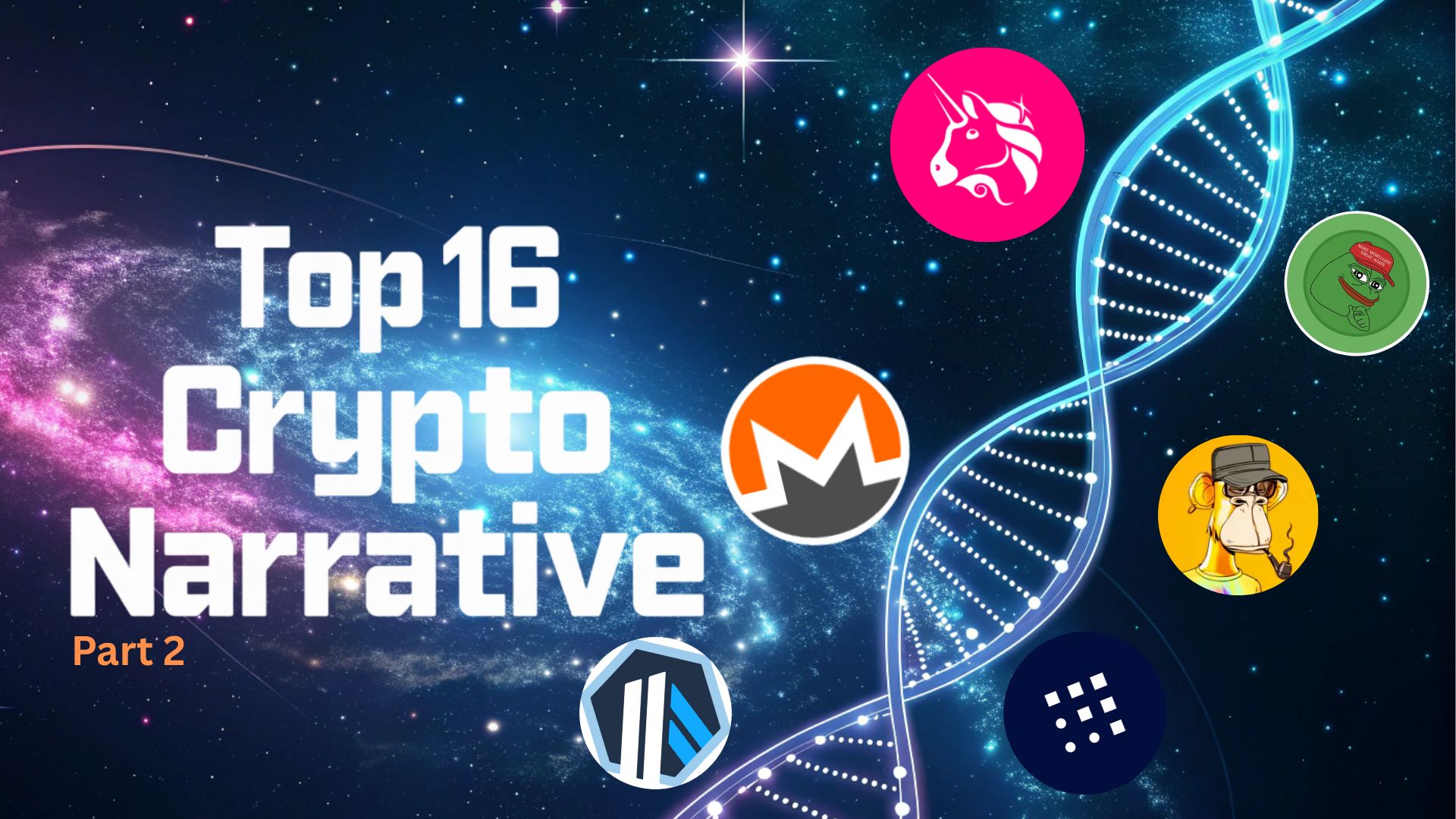
Table of Contents
Before we dive in, grab this Top 16 Crypto Narratives Cheat Sheet—a quick, printable snapshot you can keep open while you read.
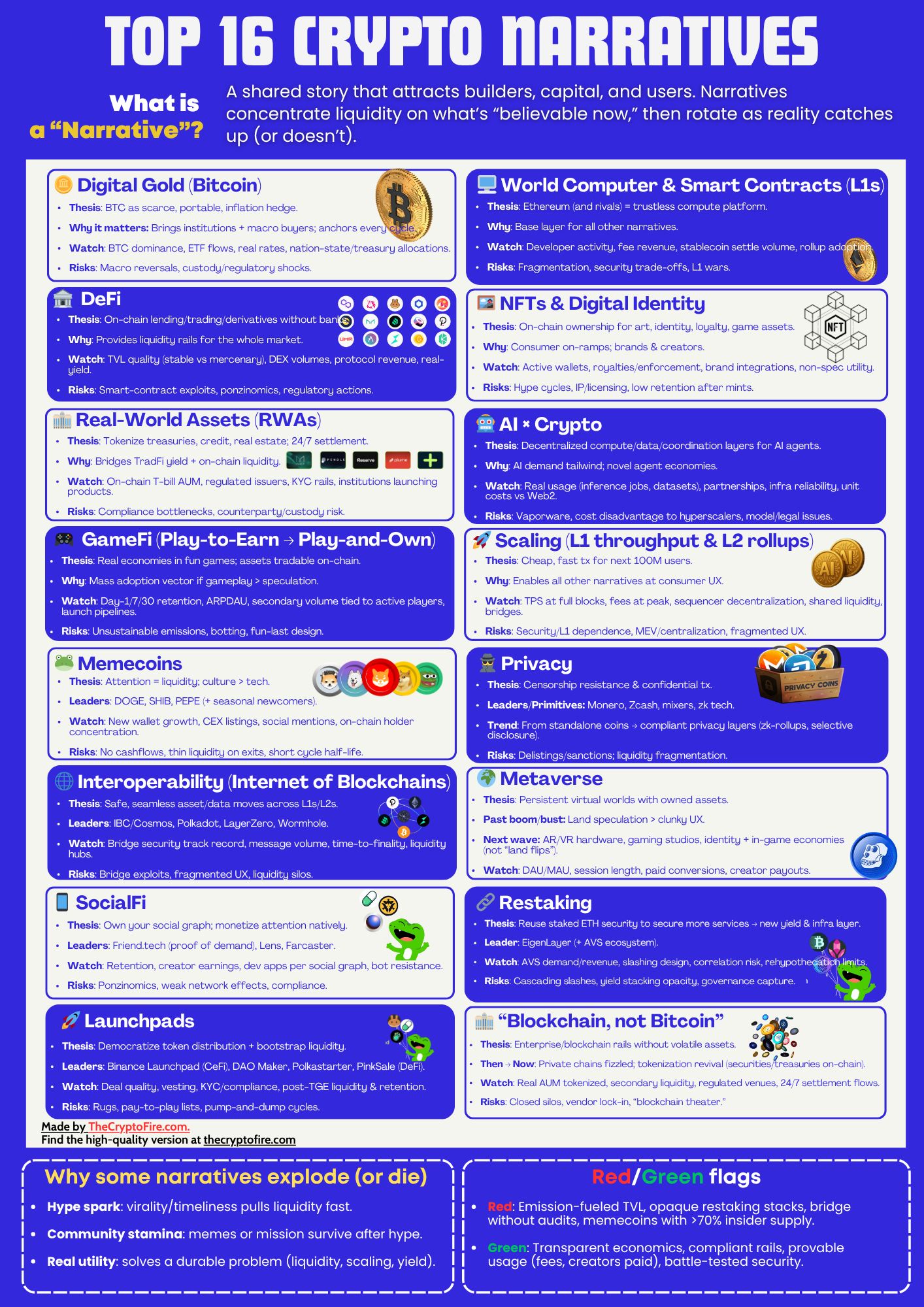
🔑 Why Some Narratives Explode and Others Die
Not every crypto narrative survives a full market cycle. Some flare up fast and vanish, while others keep evolving and coming back stronger. What separates the lasting stories from the one-hit wonders?
There are three things that decide whether it is a sustainable narrative or not:
Trending/ hype: Every crypto narrative needs a spark. A tweet, a meme, a shocking headline. Hype pulls in liquidity fast because people hate missing out.
Community power: When hype disappears, if the community still trusts the founders or the longevity of the meme, the narrative can still survive. Dogecoin, for example, survived a decade while other projects with better tech vanished.
Sustainability: Narratives that solve real problems, like DeFi for liquidity or scaling for adoption. Those built only on speculation, like NFT art mania or Play-to-Earn, usually collapse once the cycle ends.
Okay, you know what contributes to a narrative’s survival, let’s move on to the next eight narratives in the series!
You can read Part 1 here
🐸 The Memecoin Narrative
If there’s one crypto narrative that refuses to die, it’s memecoins. They are pure speculation, pure community, and pure fun. From Dogecoin in 2013 to Shiba Inu in 2021 and PEPE in 2023, every market cycle has seen one memecoin rise from zero to billions in market cap.
Why? Memecoins aren’t about tech. They don’t solve scaling. They don’t tokenize treasuries. What they do is capture attention. And in crypto, attention equals liquidity. Elon Musk tweeting about Doge was enough to turn a joke coin into a top-10 asset. That’s the raw power of this narrative.
Starting to feel like The @DOGE has real potential
— Elon Musk (@elonmusk)
6:09 AM • Nov 16, 2024
Who leads it? Right now, PEPE is the community favorite, and Dogecoin still has cult status thanks to Elon. But new memecoins appear every cycle, and the market decides which story catches fire.
Memecoins will always come back. They’re cheap, easy to trade, and viral by design.
But remember: memecoins rarely survive more than one cycle. They pump hard, they dump harder, but they always remind us that crypto is part casino, part culture.
🕵️ The Privacy Narrative
Bitcoiners wanted censorship-resistant money, and projects like Monero $XMR.X ( ▲ 2.09% ) and Zcash $ZEC.X ( ▼ 15.01% ) carried the privacy crypto narrative, offering untraceable transactions. Then came privacy tools like Tornado Cash, mixers, and zk-proofs.
But this narrative has run into its biggest enemy: regulators. Governments worldwide see privacy coins as threats to financial surveillance. Liquidity has dried up, exchanges have delisted coins, and Tornado Cash was sanctioned by the U.S. Treasury. In the last market cycle, privacy became a liability instead of a strength.
Still, privacy won’t disappear. It just needs to evolve. Instead of standalone privacy coins, the future may lie in privacy-preserving infrastructure: zk-rollups, confidential transactions, and modular blockchains that can offer privacy with compliance.
As more data and assets go on-chain, privacy won’t just be optional — it’ll be essential. The winners will be the projects that balance privacy with regulation.
🌐 The Interoperability Narrative (Internet of Blockchains)
Crypto now looks like a messy archipelago of islands with Ethereum, Solana, Avalanche, Cosmos, Polkadot, dozens of L2s. The interoperability crypto narrative is about building the bridges between them. The dream: one seamless “Internet of Blockchains.”
Cosmos championed this idea with IBC. Polkadot promised parachains. More recently, LayerZero and Wormhole entered the race. Each market cycle revives this narrative, but adoption has been slower than expected. Bridges remain risky, hacks are common, and liquidity often stays siloed.
Even so, with Ethereum spawning more L2s, and Solana and Cosmos ecosystems growing, users need to move assets and data across chains safely. Whoever cracks the code will unlock massive value.
As new narratives like RWAs and AI tokens expand across ecosystems, cross-chain liquidity will be critical. The winners will be the protocols that make bridging both secure and invisible to the user.
🌍 The Metaverse Narrative
The Metaverse exploded into mainstream during the 2021, fueled by Facebook’s rebrand to Meta, NFT land sales, and virtual worlds like Decentraland and The Sandbox. For a brief moment, everyone believed we’d live, work, and play in a digital universe.
But the hype collapsed quickly. The tech wasn’t ready, experiences were clunky, and prices for virtual land dropped over 90%. What was once the hottest crypto narrative turned into one of the cycle’s biggest disappointments.
However, Apple’s Vision Pro headset, Meta’s billions invested into AR/VR, and gaming studios integrating blockchain could bring the Metaverse back. But this time, it won’t be about overpriced land speculation. It will be about immersive experiences, digital identity, and seamless in-game economies. It’s unlikely to boom again in isolation, but as part of a broader ecosystem, it could find real staying power.
SocialFi is where social media meets finance. The best-known example was Friend.tech, which exploded in 2023 by letting people buy and sell “keys” to influencers’ chats. It proved that people are willing to financialize social connections, even in a bear market.
This crypto narrative is still very young, but it’s powerful. Platforms like Lens Protocol and Farcaster are building decentralized social graphs, where creators can own their audiences instead of relying on Twitter, Instagram, or YouTube.
Right now, SocialFi is experimental, and many apps fade as fast as they trend. But if one platform cracks network effects, this could be the first narrative to bring hundreds of millions of non-crypto users on-chain.
🔗 The Restaking Narrative
Restaking is one of the newest and most technical crypto narratives, led by EigenLayer. The concept is simple but game-changing: instead of staking ETH once, you can “restake” it to secure additional services, creating new layers of yield and security.
This makes staking capital more efficient and unlocks new design space for middleware protocols. In the last cycle, staking itself became a major theme with Ethereum’s transition to Proof of Stake. Now, restaking takes it one step further, potentially creating an entirely new economic layer on top of Ethereum.
🚀 The Launchpad Narrative
Every market cycle has a mechanism for launching new tokens. In 2017, it was ICOs. In 2019, it was Binance Launchpad and IEOs. In 2021, it was IDOs and fair launches on decentralized exchanges. Today, the launchpad narrative is returning as platforms try to democratize access to early-stage projects.
Launchpads serve two roles: they give retail investors early access, and they help projects bootstrap liquidity and community. But they also carry risks: scams, rug pulls, and pump-and-dump schemes are common.
Right now, leading launchpads vary across ecosystems: Binance Launchpad still dominates in CeFi, while decentralized options like DAO Maker, Polkastarter, and PinkSale continue to attract retail interest.
Launchpads will always matter because new tokens are the lifeblood of every cycle. Launchpads provide money and liquidity for new projects so the real winners will be those that combine trust, compliance, and strong deal flow.
🏢 The “Blockchain, Not Bitcoin” Narrative
Back in 2016–2018, enterprises didn’t want Bitcoin. Too volatile. Too speculative. Instead, they embraced “Blockchain, Not Bitcoin”. The idea that blockchain technology could improve supply chains, payments, and databases without the “risky” asset attached.
IBM, Hyperledger, and R3 Corda were at the center of this narrative. Banks explored private blockchains, and enterprises promised use cases. But by the time the 2017 market cycle ended, most of these pilots had fizzled.
So is this narrative dead? Not entirely. It’s re-emerging in tokenization. Today, BlackRock, Citi, JPMorgan, and Kraken are experimenting with tokenized securities, treasuries, and money market funds.
🔑 Final Takeaways on Part 2
The second half of our 16 crypto narratives shows how diverse this market really is. Some are cultural (memecoins, SocialFi), some are institutional (RWAs, restaking), and others are infrastructure (scaling, interoperability).
Narratives with lasting utility and institutional adoption are best positioned to define the next market cycle. Meanwhile, speculative narratives like memecoins or NFTs may return, but mostly as short-term hype rather than long-term foundations.
What did you think of today’s post in Crypto Foundations series? |

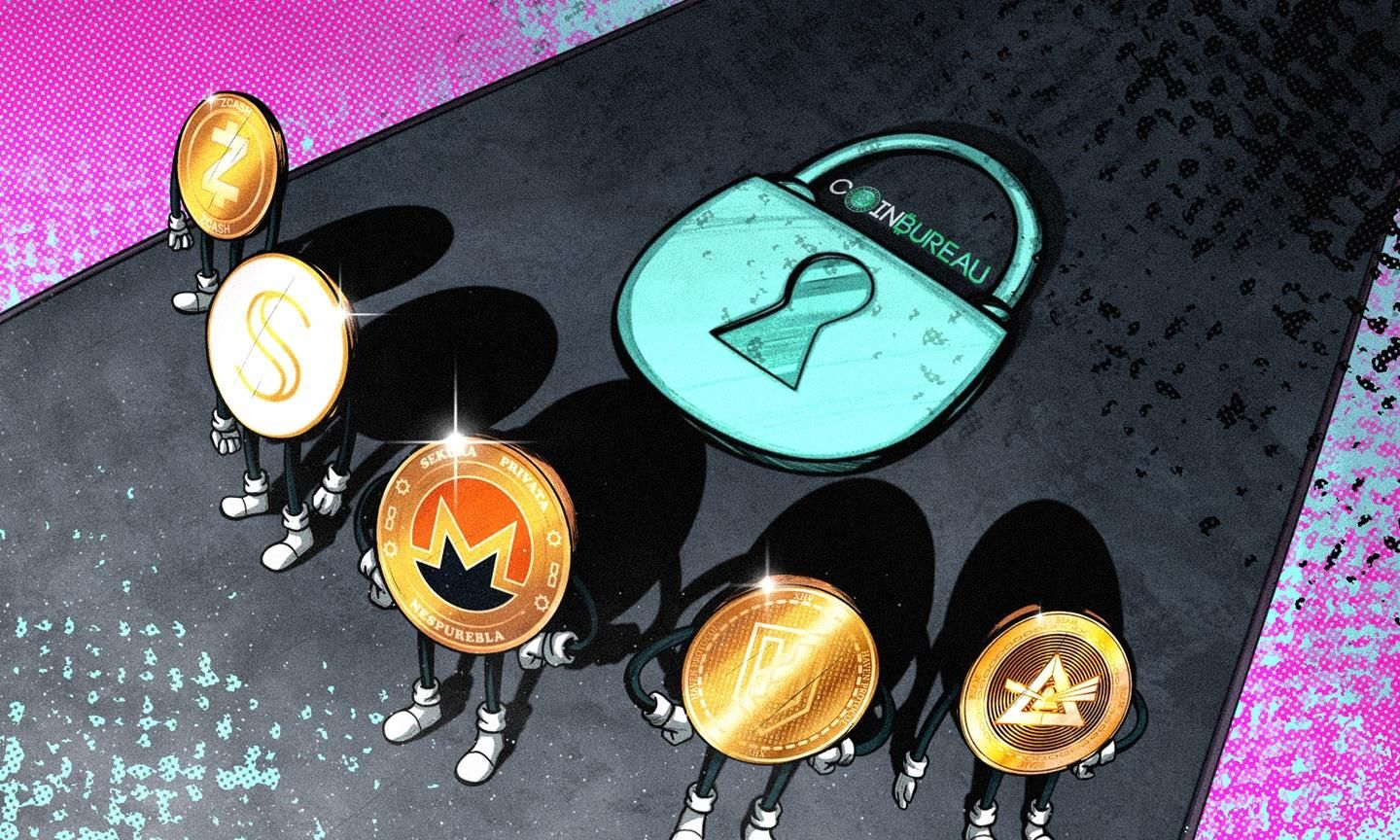
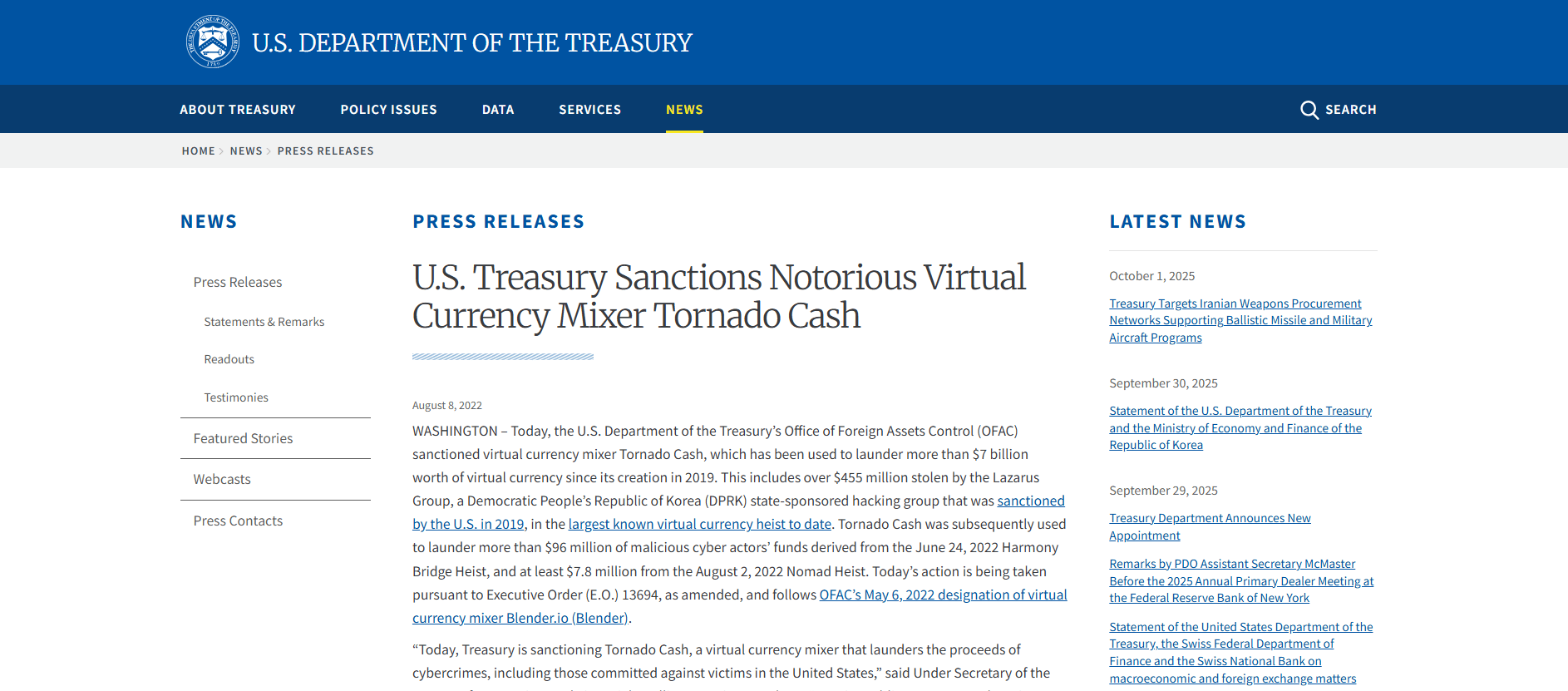
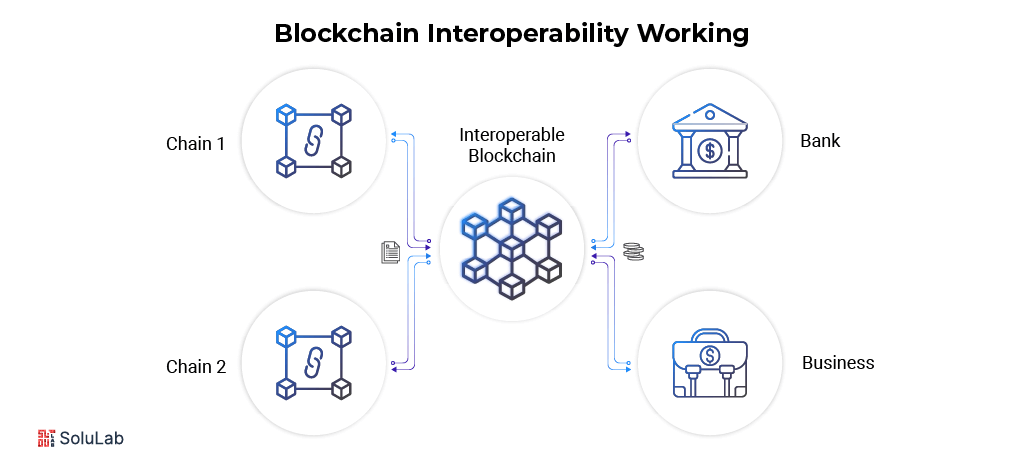
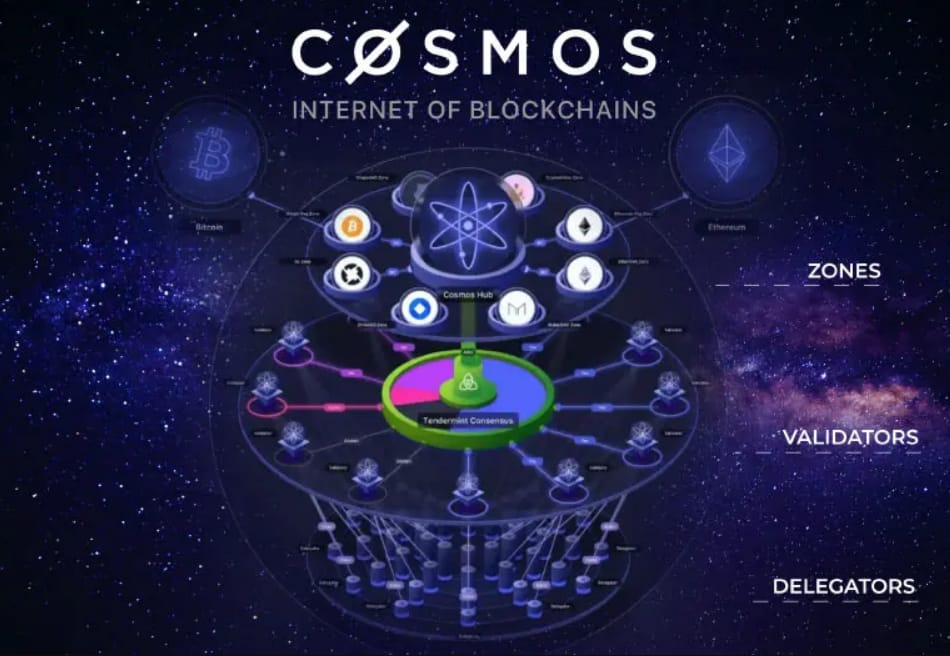

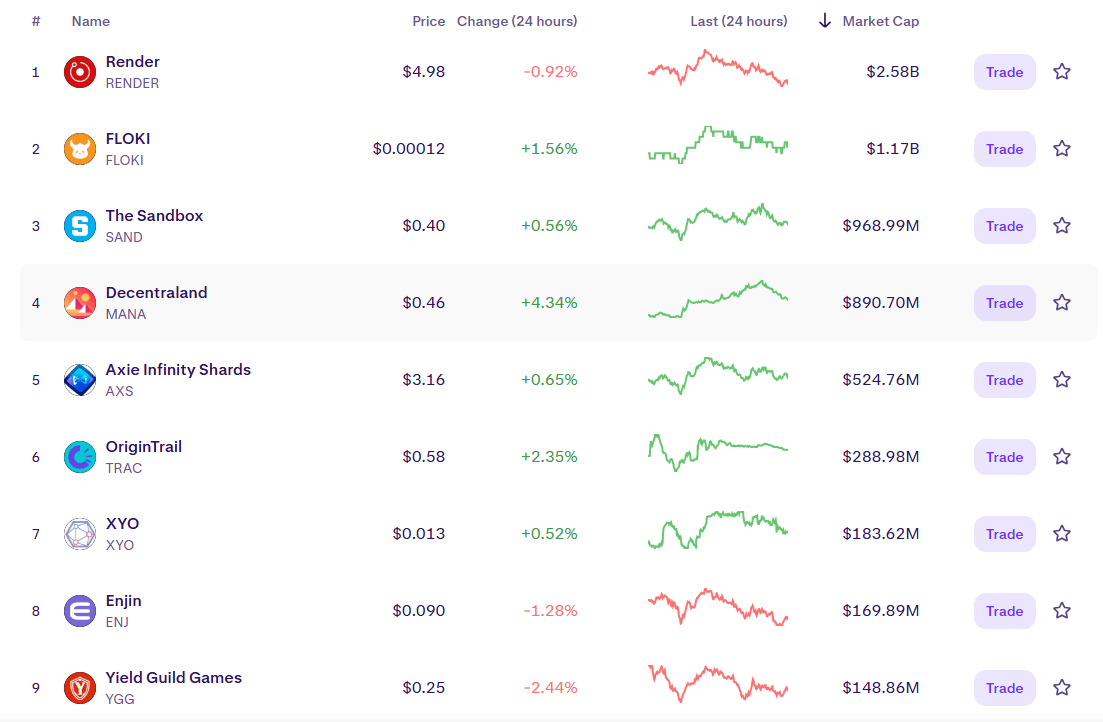
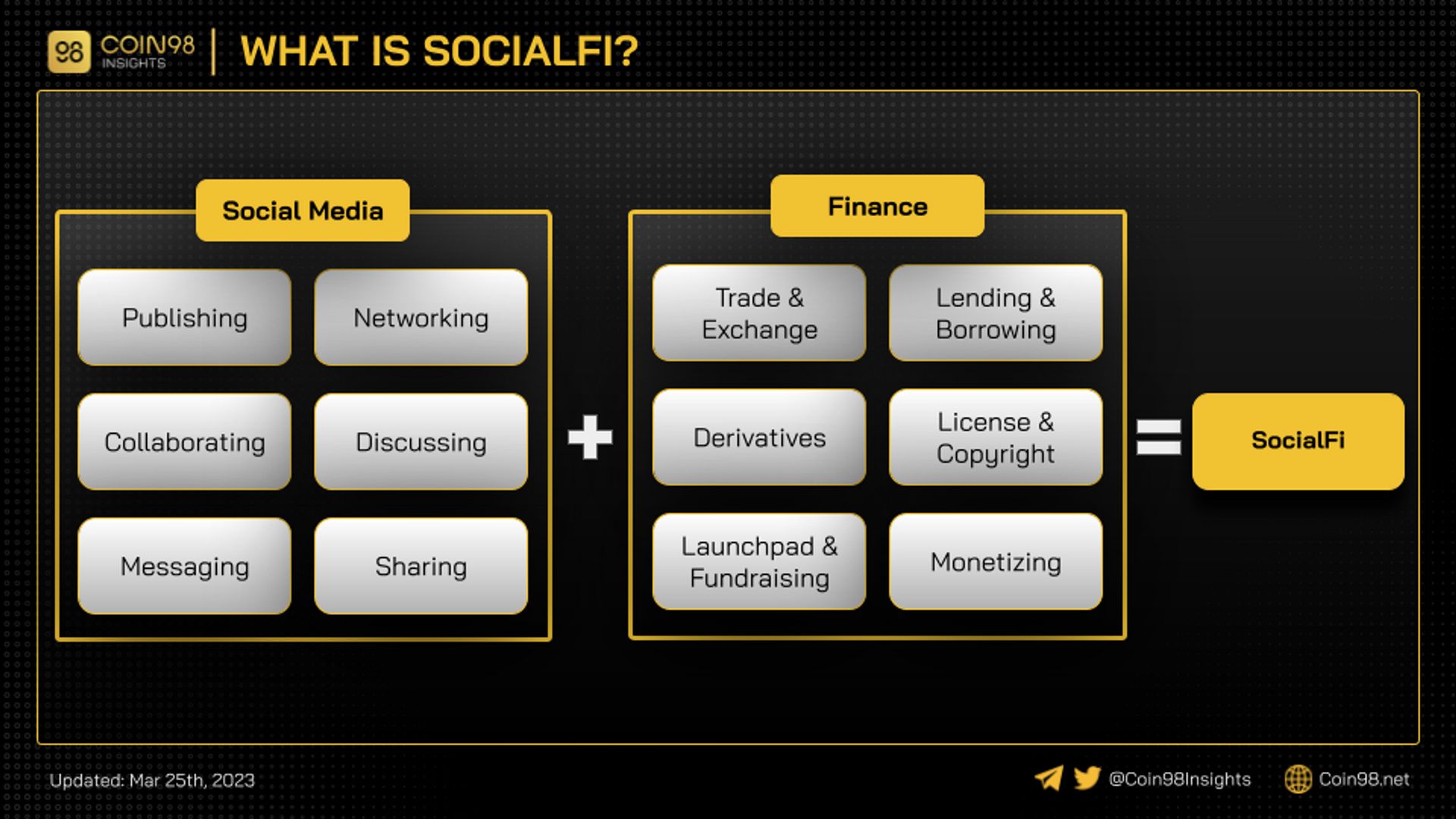
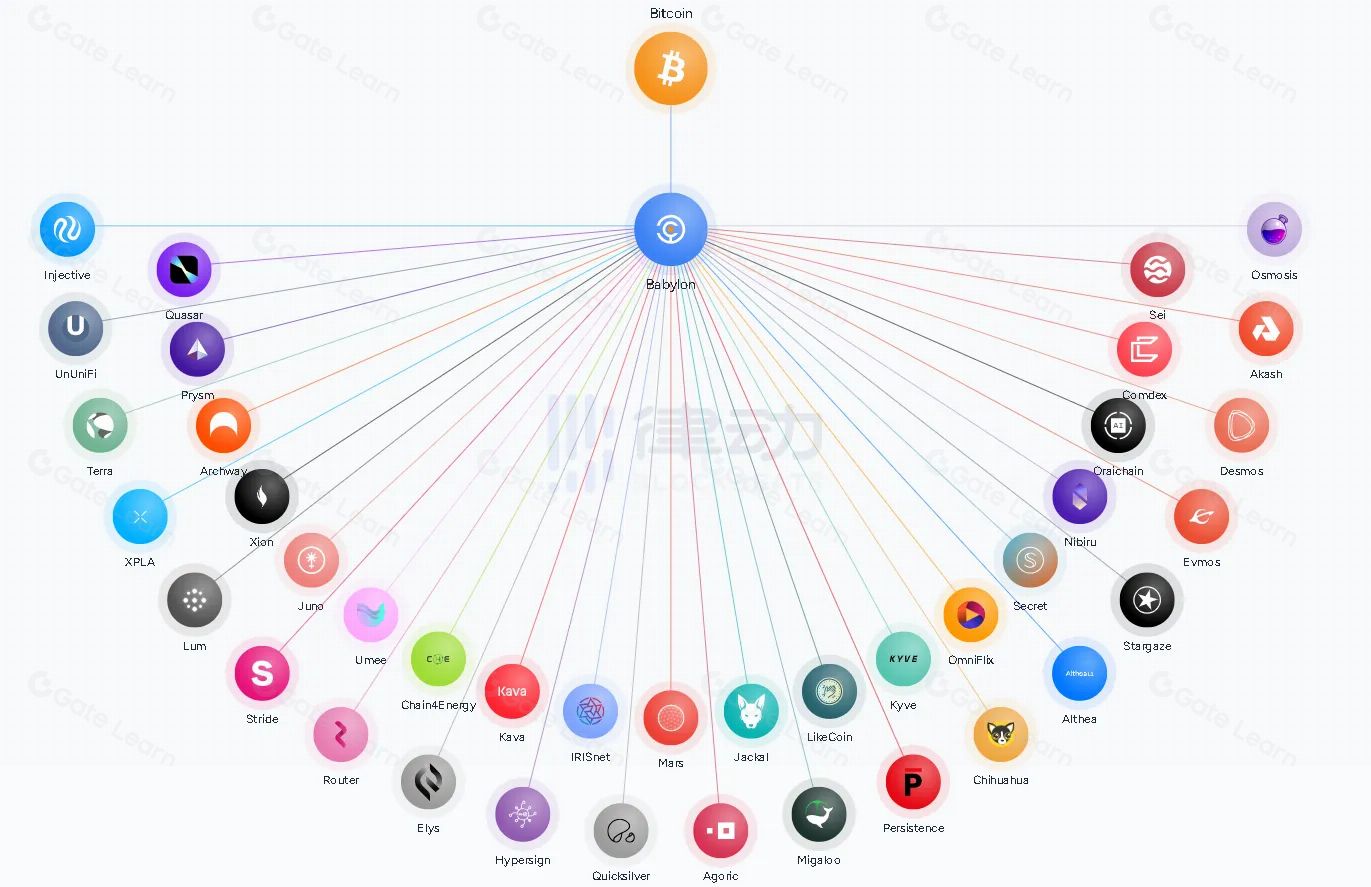
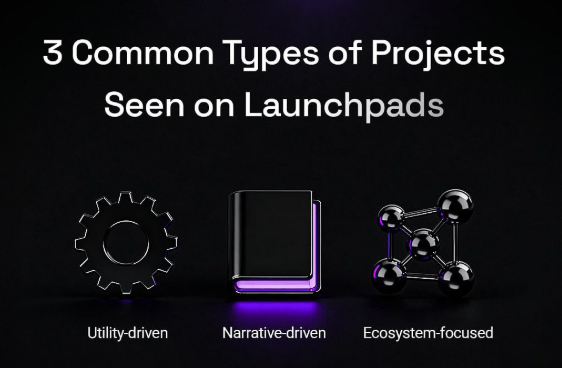
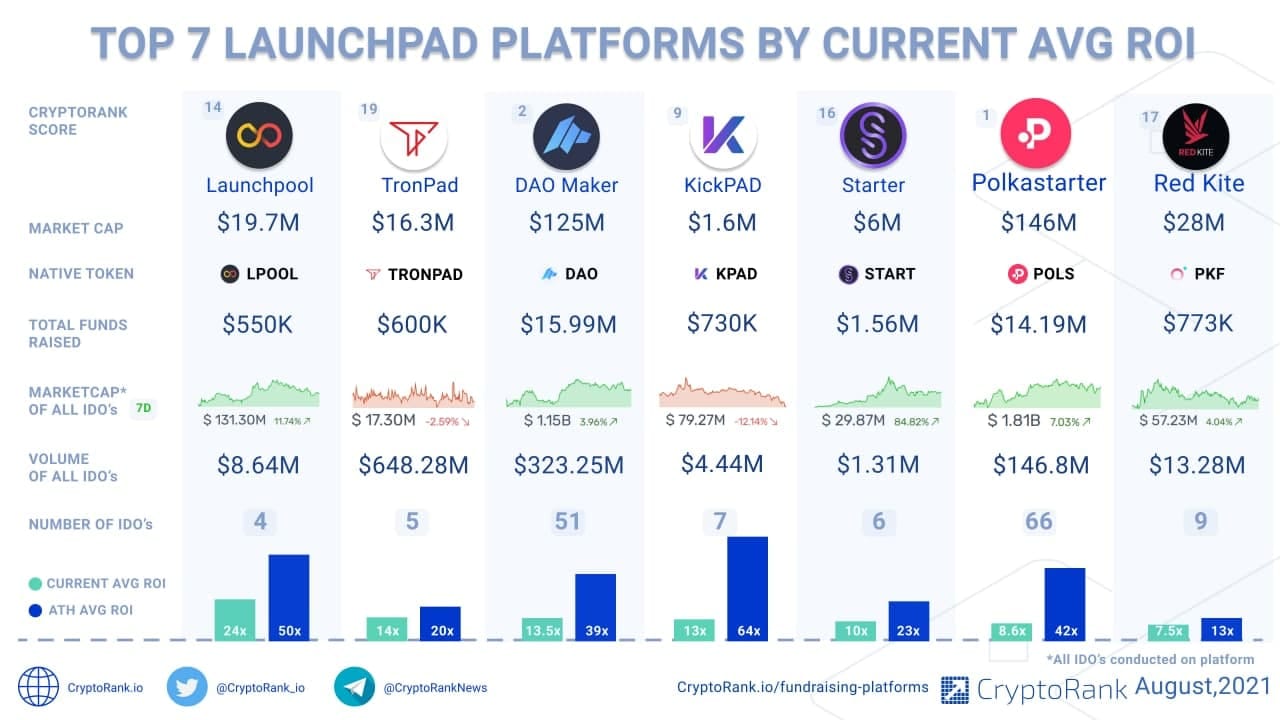
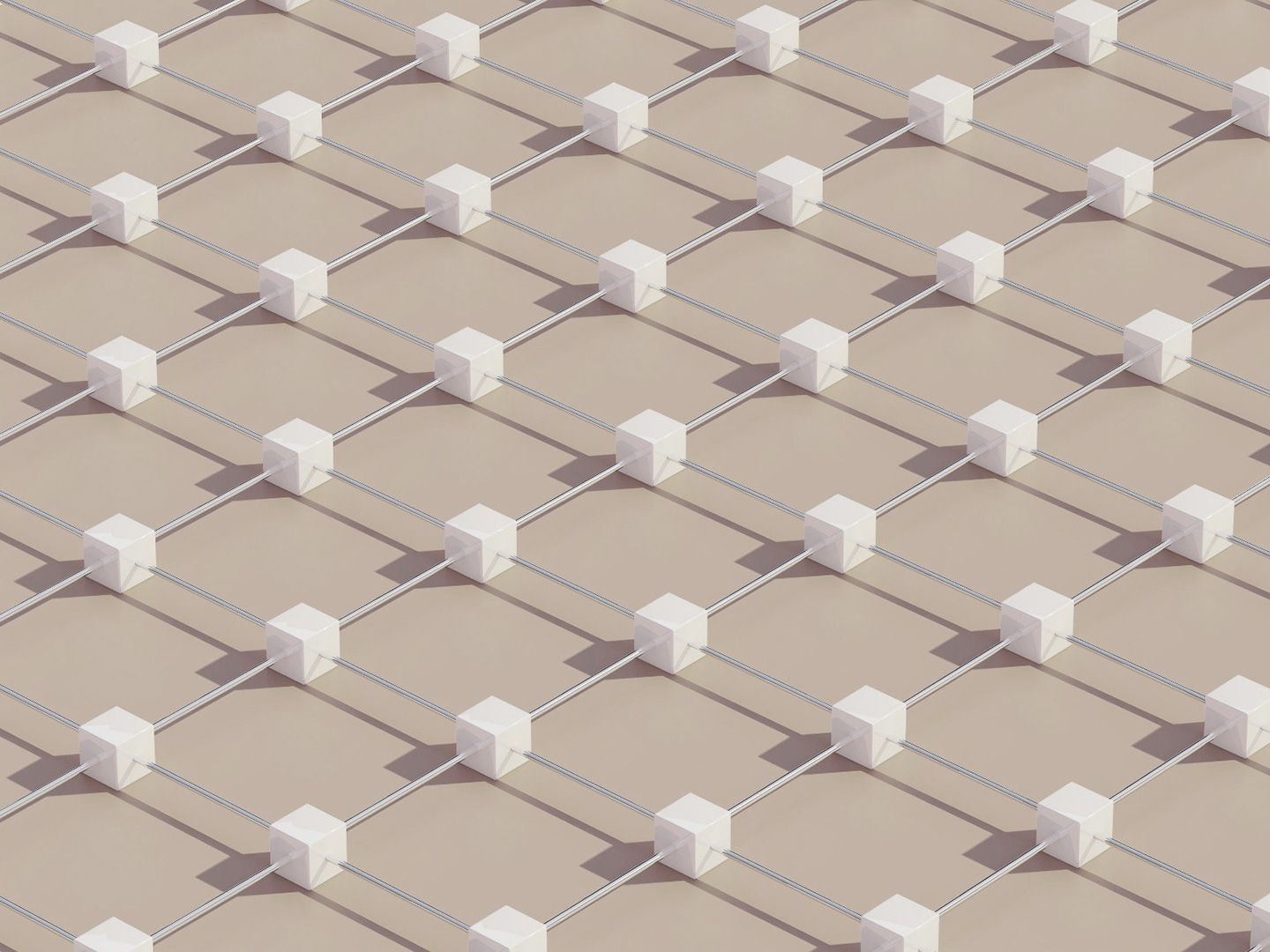
Reply